Dentaqua will help you:
reduce failed water tests.
save approx. £750/chair/year.
reduce your exposure to harmful chemical disinfectants.
Once weekly:
Press the ‘Ecasol’ disinfectant button on your device and fill your reusable spray bottles.
Then, it’s as simple as:
Spray the surface to be disinfected.
Apply disinfectant to paper towel.
Wipe surfaces as per guidelines.
Fill your dental water bottles each day directly from your Dentaqua device. Dentaqua fills your water bottle in seconds.
This eliminates the requirement for you to mix chemicals, tablets or other disinfection products.
Which in turn, saves you time, saves you money, and provides you with clean, safe dental unit water.
Due to its natural constituents and neutral pH, Dentaqua does not leave a visible residue on surfaces.
Yes, you can use Dentaqua ‘dental water’ solution within your ultrasonic scaling systems.
To better control your dental water quality, we recommend retro-fitting chairs that are mains-fed with a water bottle system.
Within your Dentaqua device, water and a tiny amount of our proprietary salt solution are passed through an electrolytic cell. This creates an environmentally-friendly, non-toxic, water-based disinfectant solution.
Uniquely, Dentaqua produces a solution containing activated hypochlorous acid (HOCI), at a neutral pH, and which is gentle on equipment surfaces and dental materials.
Yes, hypochlorous acid (HOCl) is peer-reviewed and proven to be non-toxic to human epithelial cells at over 40x the concentration used in dental water. Dentaqua produces activated hypochlorous acid (HOCI) plus short-lived reactive oxygen species (ROS), at a neutral pH.
These are the same compounds produced by the human immune system to defend against infection. In human biology, hypochlorous acid is generated in activated neutrophils by myeloperoxidase-mediated peroxidation of chloride salt ions, and contributes to immune defence.
Reactive oxygen species are essential for cellular metabolism, playing a role as secondary messengers and influencing different normal physiological functions of the body. Hypochlorous acid (HOCI) is a core compound in this natural process.
As per European Biocides Regulation, Dentaqua hypochlorous acid has a 5 min. contact time.
In the USA, Dentaqua hypochlorous acid has passed the "Hospital Grade Disinfectant" standard with a 2 min. contact time.
Yes. Clinical studies in a number of dental universities over the past 12 years have proven that Dentaqua is compatible with dental equipment and does not affect the composite bond strength.
Dentaqua’s patented system ensures that your disinfectant is accurately produced within specification each and every time you use it.
Dentaqua is not just a device, but rather a system that helps you save time and achieve a far higher standard of infection control, and reducing chemical exposure within your practice.
Your package includes:
Dentaqua generator.
All device consumables.
Surface disinfection dispensing bottles.
Concentrate bottles.
A3 Customer instructions.
Information display cards for waiting rooms showing your enhanced infection control and environmental sustainability efforts.
You also receive a complimentary supply of high-quality refillable spray bottles, which when used, in combination with biodegradable paper towels, will eliminate the need for you to buy expensive and environmentally unfriendly single-use wipes.
All applications are explained in a clear and detailed ‘Application Guidance’ sheet that is provided with each device on installation.
One Dentaqua’s DW-8 device will provide the dental water and general disinfectant needs of A 10-chair practice.
Dental water disinfection is a core pillar of the Dentaqua disinfection system. Many studies have shown that dental chair output water is frequently contaminated with large numbers of different micro-organism types (bacteria, fungi, protozoa, viruses). This contamination results from the growth of microbial biofilms on the internal surfaces of dental waterlines and water-contact components.
Microbial contamination in DUWLs may originate from the water supplied mains-water piped into the dental unit, the failure of anti-retraction valves and contamination from bottled water systems.
Some of the factors contributing to the problem are: the very narrow bore tubing used (0.5–2 mm), high surface-to-volume ratio (6:1) within the tube, low throughput, the polymeric make-up of the tubing and water stagnation during downtime. Furthermore, plastic tubing is hydrophobic making biofilm attachment easy. The tubing is also a source of nutrition for microbes in the form of carbon.
Dental waterlines also suffer from what is known as ‘laminar flow’. This occurs when the water closest to the inner wall of the tubing – where the biofilms are attached – is virtually undisturbed and the water flows through the centre of the tubing. The area where biofilms are attached is unaffected by the flow of the water and the biofilm is free to grow and seed the water.
Both planktonic microbes and microbial by-products, such as bacterial endotoxins, in the water flow are aerosolised by dental instruments exposing patients and staff to harm. For example, dental staff are known to statistically carry higher levels of Legionella antibodies, evidencing that their workplace exposes them to Legionella.
More recently, the CDC reported a cluster of potentially fatal idiopathic pulmonary fibrosis (IPF) amongst dental personnel. Separately, evidence points to viral exposure playing a potential role as a co-factor in the initiation and progression of IPF.
Biofilms are formed when micro-organisms adhere to the internal surface of the waterlines. They then form a biofilm as a protective environment in which they are free to multiply and be shed back into the waterflow.
Dental chair water often remains stagnant for long periods of time, which allows biofilm to form undisturbed, and typically at a temperature ideal for microbial growth.
In addition to planktonic microbes being seeded from biofilm into the water flow, microbial by-products, such as bacterial endotoxins are produced. Studies have associated endotoxins to anaphylactic shock and death when introduced into the human body through surgical wounds.
No. Microbial contamination and biofilm growth is not inhibited by using bottled or sterile water. Almost all water supplied to dental chairs is potable quality or better, be it bottled, municipal, distilled or sterile.
The problem is not created or solved by the quality of the source water. Rather the microbes and biofilm that are present in the dental waterlines (and often in the water bottle also). Microbial biofilm present in the chair waterlines will contaminate water running through the waterlines, regardless of how clean the water is supplied to the chair.
Studies have shown that even when using sterile water in a new dental chair, microbial biofilm will begin to from within minutes.
Bacteria populations double every 20 minutes. Within a very short time period, very high levels of microbial contamination can grow in dental waterlines.
Respiratory pathogens such as Legionella spp., Nontuberculous Mycobacteria (NTM) and Pseudomonas.
These organisms can grow and multiply in the DUWL biofilm to reach dangerous levels, with the potential for inhalation leading to respiratory infections, or blood contamination through open wounds.
Ref: 2017 Apr;44(4):284-5, 289-92. doi: 10.12968/denu.2017.44.4.284. Caroline Pankhurst
Dentaqua’s devices are extremely reliable. However, in the unusual circumstance that an error occurs, if the error is not rectified by our automated ‘error-fix’ procedure, we will replace the device without delay.
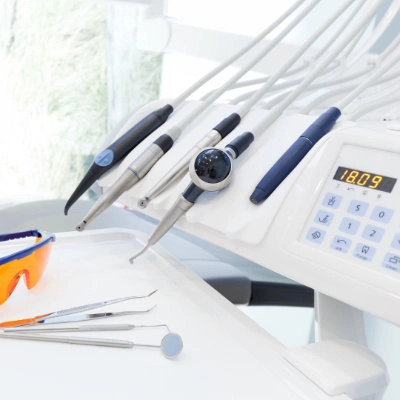
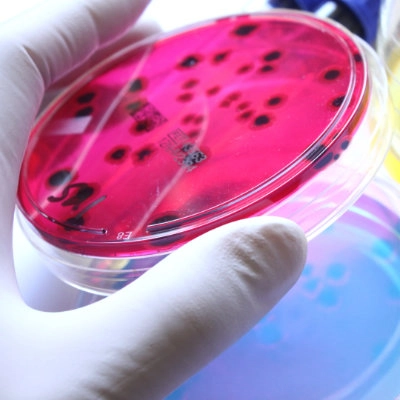
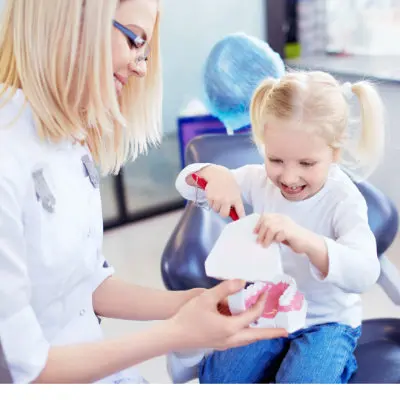

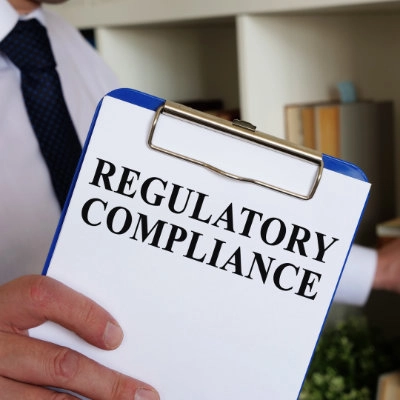
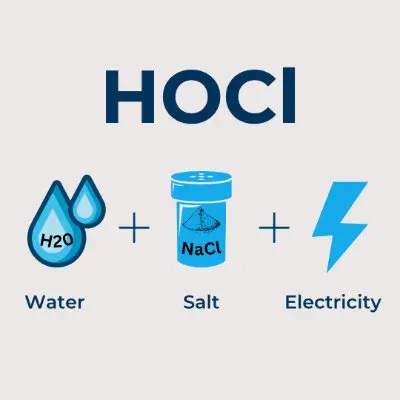
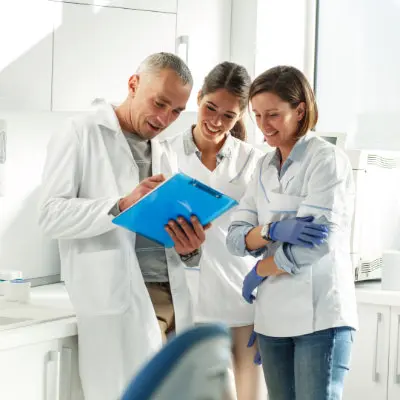

Email: admin@dentaqua.com
IE: +353 52 6154244
Unit 1, Gurtnafleur Business Park,
Clonmel, Co. Tipperary,
Ireland